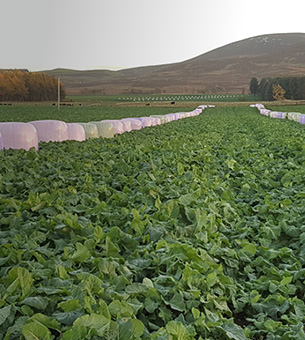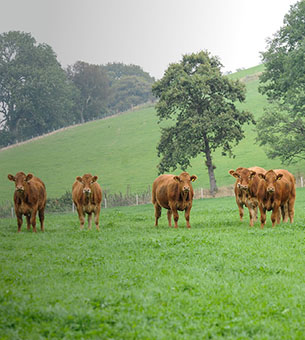Like conventional swards, how you manage your grass/clover or multi-species swards in the autumn determines grass supply in the spring. But due to the mixture of plants you are managing within the sward, there are a few important points to think about.
Clover
White clover’s creeping stem (stolon) is central to its survival and production potential. In the autumn, the balance needs to be found between closing fields containing white clover as late as possible, so there is plenty of light reaching the base of the sward over winter, and not damaging the stolons through poaching. Always be aware of the ground conditions when grazing and move stock elsewhere if conditions are not suitable.
Red clover grows from the crown so damage to it can affect persistency. It needs to be grazed lightly at this time of the year and is ideal for finishing lambs and weanlings. Red clover should not be grazed by breeding ewes six weeks either side of tupping, due to its phytoestrogen content. Good management during the autumn months, by careful grazing or taking stock off in bad conditions, helps it flourish throughout the year.
Multi-species swards
An increasing number of farmers are sowing multi-species swards. These contain one or more grass species, clovers, plantain, chicory and often a range of other species such as birdsfoot trefoil, sainfoin, yarrow and burnet. Although important at any time of year, avoiding poaching is imperative for multi-species swards in the autumn.
Because of this, keep an eye on the weather and take the final grazing when the opportunity allows. Avoid grazing during very wet weather as the plant crown of species such as chicory can be damaged, and survival of plants can be reduced. To protect it, this final grazing should be to about 6 cm. Plan your last round of autumn grazing to hit these residuals, ideally in October.
For both clover and multi-species swards maintaining good soil fertility status is important. Late autumn or December/January is a good time to take soil samples. Once you have information on soil pH, P and K levels you can target fields according to nutrient requirements next year.
For more on making the most of grassland in autumn click here.



